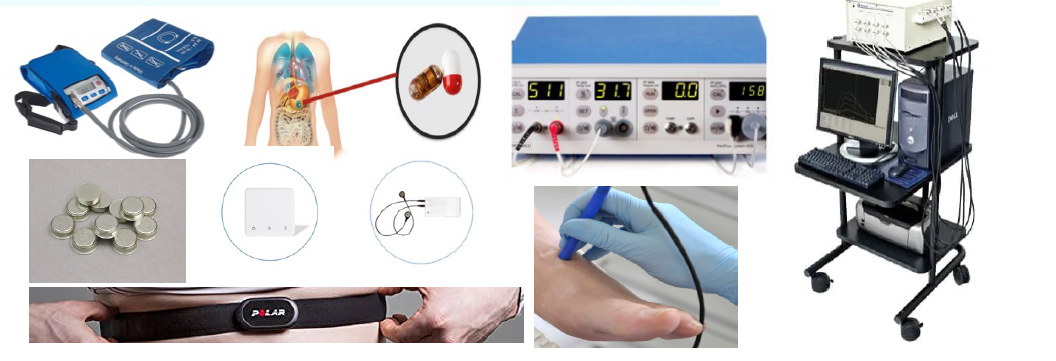Introduction
With the surge in global warming, rising average outdoor temperatures and humidity levels, particularly during spring and summer, have provoked significant scientific curiosity, especially regarding their impact on human cognition and health. Prior research has spotlighted the negative implications of high relative humidity (RH) levels (>70%) on cognitive performance and memory, though most of these studies have been confined to short-term exposure or have focused on specific demographics, like older adults. Furthermore, prior studies have predominantly explored extremely hot and humid climates, neglecting the effects of high humidity in temperate geolocations, such as Central Europe.
Goal of the Study
This research aims to delve deeper into the nuanced impacts of warm and humid indoor environments on cognitive function by isolating and examining the effect of an 8-hour exposure to different levels of humidity and temperature on cognitive functions. The study is particularly interested in scrutinizing these effects in a temperate climate, with an emphasis on understanding the impacts of two distinct levels of humidity (30% and 70% RH) at a neutral temperature (25ºC) and a warm temperature (32ºC).
Methods
The study recruits 25 healthy participants of European descent, aged between 20 and 40, and with a BMI between >18.5 and <26 kg/m^2. These participants are exposed to four different environmental conditions, differentiated by humidity and temperature levels, in a randomized order in a Respiration Chamber for a duration of 8 hours. Cognitive function is assessed through tablet-based cognition tests (Cambridge Brain Science) and a small stepping task, administered both in the morning and afternoon. Additionally, various physiological measures, such as metabolic rates, skin temperature, skin blood flow, heart rate, core temperature, blood pressure, urine for hydration, sweat rate, and salivary cortisol, serve as secondary parameters to gauge the participants’ physiological response to the different environmental conditions. Other controlled variables like light, noise, airflow, and air composition are maintained and monitored consistently throughout all experiments. Subjective perceptions of the environment are also captured through hourly perceptual questionnaires.
Results
Currently, the study is in the data collection phase, with active recruitment of participants still in progress. Interested individuals can gain more information and potentially participate in the study by scanning a provided QR code.
Related Products
Whole body room calorimeters
The Room Calorimeter, used in numerous research studies, is spotlighted for its unparalleled accuracy and reproducibility in measuring energy expenditure in various contexts. This tool is vital for generating reliable data in studies exploring energy expenditure during various activities, from 24-hour energy expenditure evaluations to high-intensity exercise testing.
MOX3 Activity monitor + ECG logger
The MOX3 is a validated activity monitor embedded with our proprietary algorithms featuring an ECG logger.
More information about the MOX3
How can we help you with your research?
Maastricht Instruments creates equipment in the field for indirect calorimetry measurements. We provide support for studies, research and measurements alongside our indirect calorimetry products.
Consult us about our indirect calorimetry metabolic cart, whole room calorimeter systems or accelerometry add-ons. Please contact us or find more information on our information pages.
Reference


